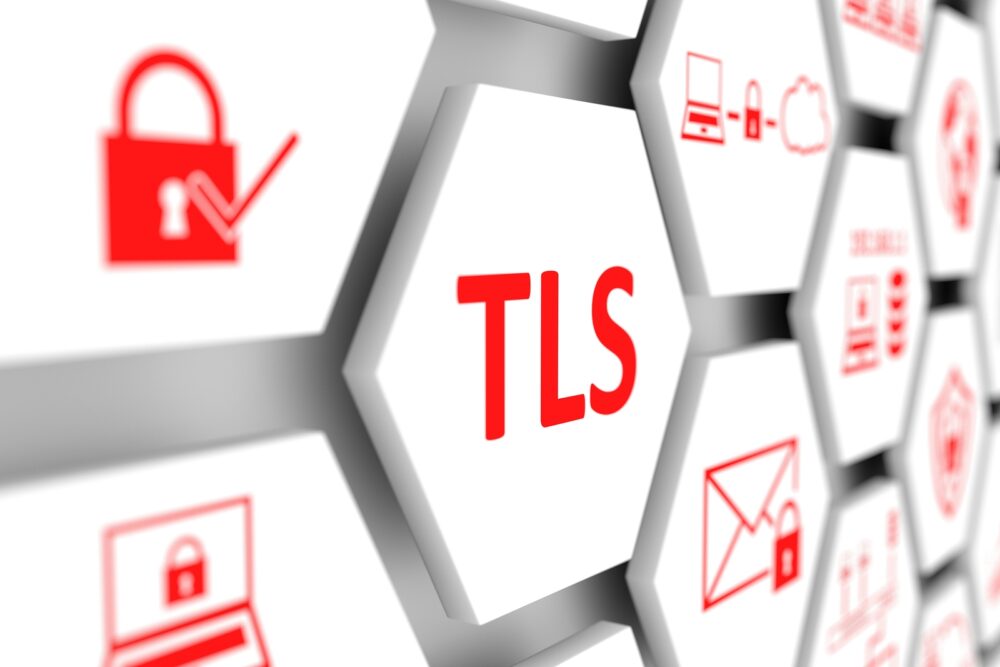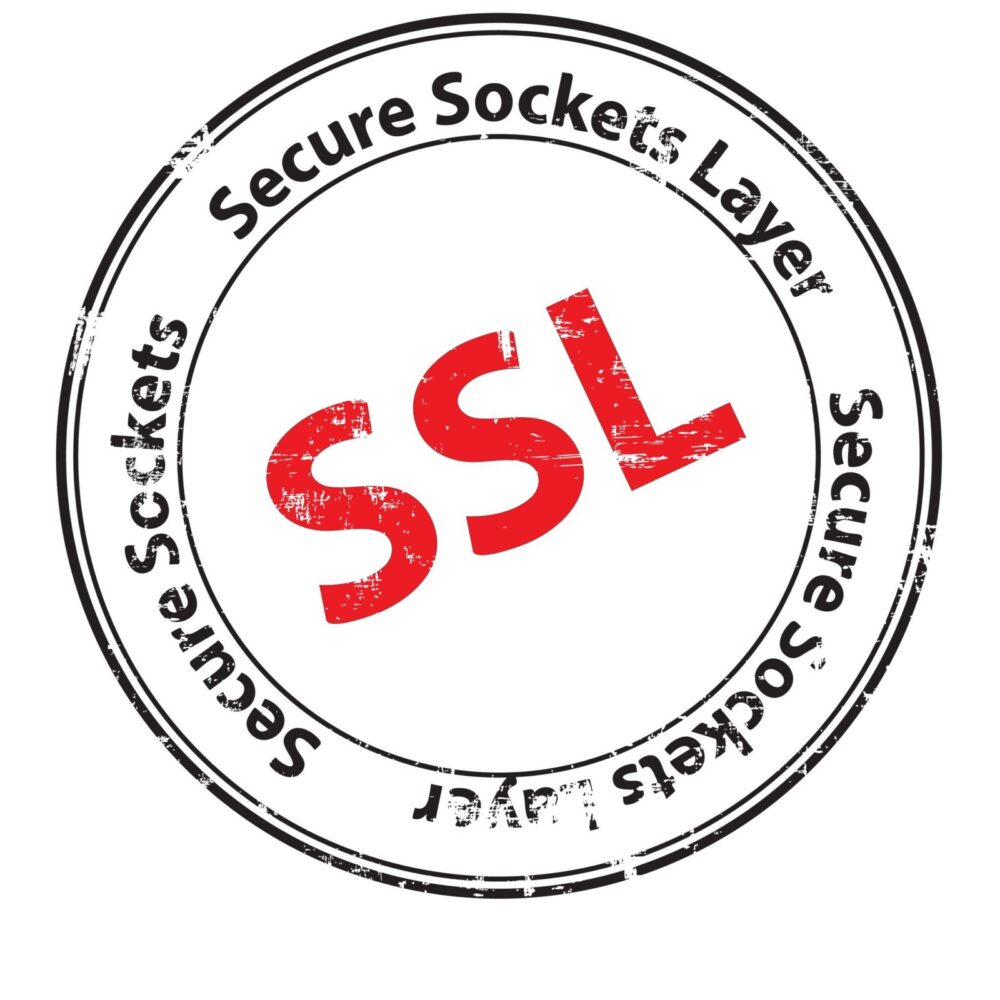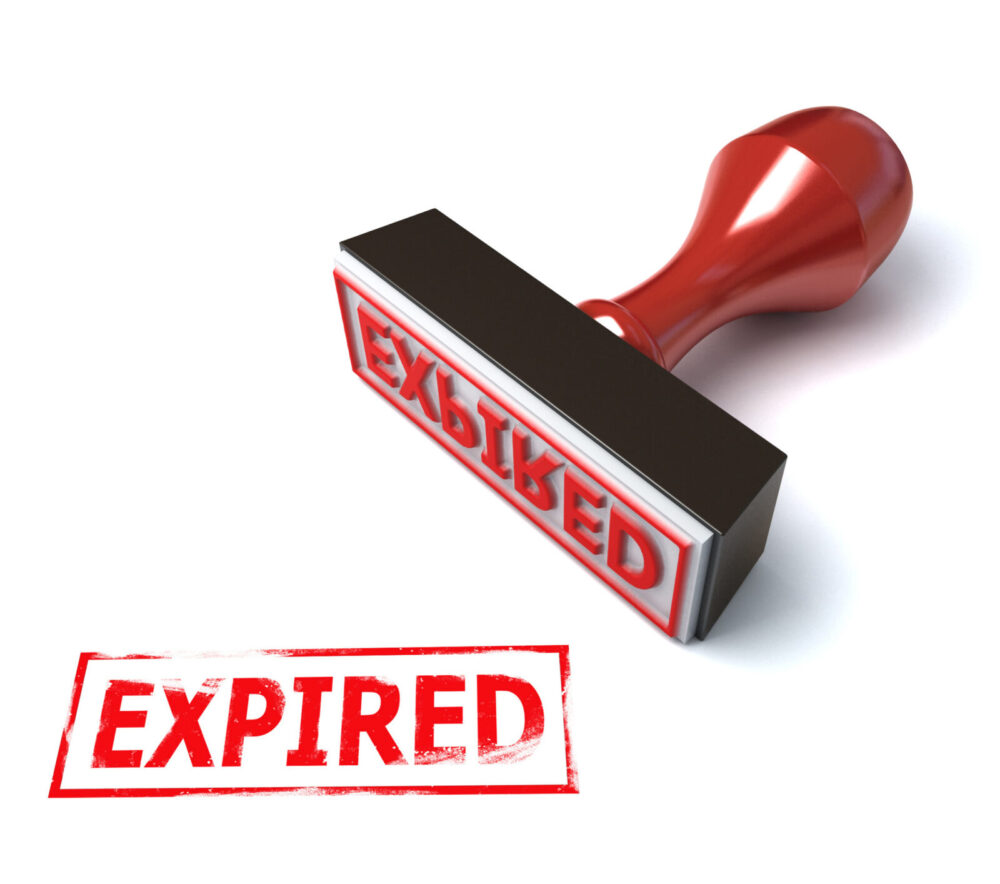You are sitting at the bar with two rich men (Smile, we are not targeting you – for now). One of them is drinking with an able-bodied vigilant guard at his side, while the other one has lost his purse strings as he gets drunk. Who do you think is getting more attention from the bartender and the thieves alike?
Now consider your website. Imagine you being at the bar like one of these two rich gentlemen – one more vulnerable than the other but still exposed to a certain extent due to their inebriated state in a public setting. Congratulations, you are the apple of the eye for every cybercriminal out there who cannot wait to get their hands on your business secrets and customer data.
Here, you need an SSL certificate. It is almost like you’ve hired bodyguards for your website to shield it from hackers and online thieves. Let us see how you can maximize the potential of your SSL certificate in 2023 and beyond.
Flaws will always exist

TLS (Transport layer security) and its predecessor, SSL (Secure Sockets Layer) are security protocols that use encryption to provide secrecy, integrity, and authentication for online data exchange. The idea is to protect your website visitors from eavesdroppers and hijackers who try to steal the information being transmitted by launching MITM (man in the middle) attacks.
However, no security is ever comprehensive – all the way from protocol vulnerabilities to the hackers finding newer ways of redirecting traffic during user requests can not be ignored.
Significant advancements have been made in the SSL/TSL security arena. Cybercriminals keep coming up with newer and more intuitive ways of beating security mechanisms, and the race is bound to continue.
However, there are some SSL certificate best practices you can adopt, not only for 2023 but for the years ahead too.
Adopt these SSL best practices

Given that we all are in a perpetual war with the online threats that do not seem to be going away any time soon. If anything, they will probably only get more intense with time. The best you can do is ensure that you do not fall behind the curve and stay in line with the SSL certificate best practices in line with your industry. Here are a few to keep mindful of in 2023 and beyond:
1. Keep checking for vulnerabilities
Make sure you keep abreast of the SSL/TLS quality of support provided by your SSL certificate in terms of fighting attacks like ROBOT, DROWN, and BEAST. While you are unlikely to find any problems with these older vulnerabilities, the same cannot be said about the newer ones such as GOLDENDOODLE, Sleeping POODLE, Zombie POODLE, and padding oracle attacks.
Consider engaging professional security services to help you find potential problems with your SSL certificate before it gets too late. Also, stay in touch with your CA to know when they see anything new or publish any recommendations for your SSL certificate.
2. Check for the deployed versions and implemented algorithms

Most times, the security problems reported for your SSL certificate can be attributed to wrong configurations on your server. This may sometimes expose your website and your visitors to severe vulnerabilities, and the others may not be any more than irritable annoyances.
You should routinely check the settings on your servers and scan the installed SSL certificates to ensure proper deployment. Also, make sure that the recommended algorithms and protocols are in use – especially for the services that face the internet.
Consider using services such as Qualys CertView and GlobalSign to scan your security certificates, measure their efficacy, and get valuable recommendations on how to improve your security cover. You may be able to quickly enhance your certification configurations by merely disabling the older versions of SSL and TLS on the server, along with shutting down any cryptographic algorithms that are known to have security vulnerabilities.
Note that though it may sound tempting to keep your site backward compatible by leaving the older versions of SSL and TLS enabled, the fact is that most modern websites do not work with older scripting languages and need support from the latest browsers. So, it is better to avoid downgrade attacks by blocking hackers from using the older protocol versions that are known to have been exploited.
Most popular browsers have officially removed the support for TLS version 1.0 and 1.1. Although version 1.1 and 1.2 are not known to have any vulnerability, you should try to work with TLS version 1.3 only to ensure that your site uses the latest and strongest available ciphers and algorithms.
3. Never lose sight of expiration dates

Remember, SSL certificates come with expiration dates and can also be revoked. So, you have to adopt the best practices for SSL certificate management to track their validity and keep an eye on the latest developments that may impact your security certificates, negatively or positively.
Keep track of things such as validity periods being honored by the popular CAs. Even if you have a certificate that is valid for a period longer than the periods acceptable to your visitor’s browser, it is not going to help your cause. Your customers may not be able to reach your site and may lose confidence in your brand. You will need to prematurely retire all SSL certificates that make use of any outdated protocols or encryption algorithms.
Consider using SSL certificate scanning tools to prevent issues that may arise from the use of revoked, expired, or nearing expiry security certificates.
4. Pick the SSL certificate that fits your needs

Remember, there is no one size fits all when it comes to SSL certificates. Your security requirements and budget decide what suits you and these needs may change over time. So, be prepared to do some homework when making your choice and keep evaluating your situation to switch to a different SSL certificate type when the time demands.
For instance, an EV (Extended Validation) certificate requires a strict level of verification to obtain this SSL certificate. Still, it also provides you with the highest level of security and the best assurance to your users.
At the same time, if you need to protect multiple domains and their various subdomains, you will save a lot of money and management overhead by going for a Multi-Domain wildcard SSL.
Finally, getting an SSL certificate for your website is an excellent first step. However, you need to stay on your toes to make sure you get the best value out of your security investment. Adopt these SSL certificate best practices for 2023 and beyond. This will ensure that you and your customers stay protected, and you do not get hit by any surprises down the road.



